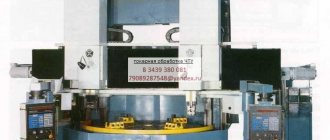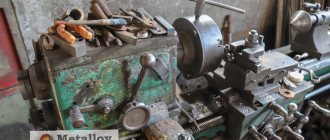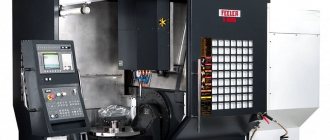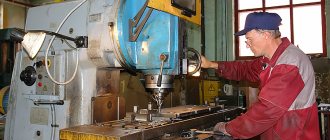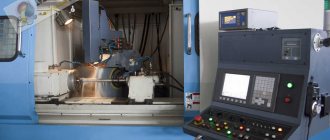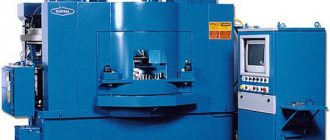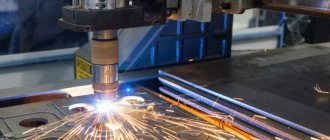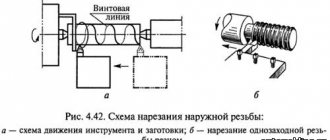Professional Features
A lathe's job responsibilities include machining and boring a variety of materials, including threading, sizing, and drilling. Processing is carried out on a lathe using cutting tools in accordance with the drawings and documentation supplied with the workpiece.
For example, in Russia the professional functions of a 6th category turner include:
Turning and finishing on universal lathes of complex experimental and expensive parts and tools according to grades 1–5 with a large number of transitions and settings, with places difficult to access for processing and measurements, requiring combined fastening and high-precision alignment in various planes during installation. Finishing and polishing to the 5th grade of complex special tools of various configurations with several mating surfaces. Cutting multi-start threads of complex profiles of any module and pitch. Final cutting of the worm profile to 6–7 degrees of accuracy. Turning of complex large-sized parts, assemblies and thin-walled long parts subject to deformation on universal and unique lathes. Turning of new and regrinding of used rolling rolls with calibration of complex profiles, including the implementation of the specified work on processing parts and tools made of difficult-to-cut, high-alloy heat-resistant materials using the method of combined plasma-mechanical processing.
What types of turners are there?
And so turners, depending on the equipment they work on and the operations they perform, fall into the following areas:
Universal turner.
Works on universal lathes or screw-cutting lathes type 16K20. We also note that the station wagon speaks for itself

